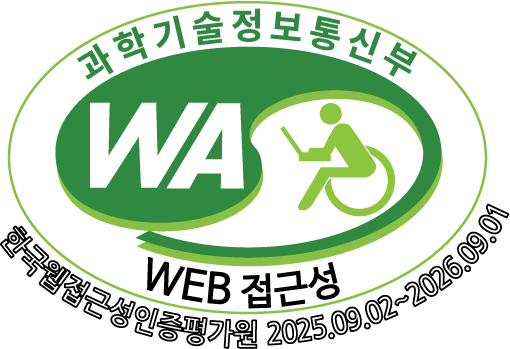최근 세계 AI 시장이 빠르게 성장하고 AI 관련 제품과 서비스의 혁신이 활발하게 진행되는 가운데, 주요 AI 기업 및 국가 간 기술 경쟁 역시 치열하게 전개되고 있다. 한편 AI 분야에서 국가 간 협력 및 투자의 중요성이 증대되고 있으며, 기업 간 투자·협력 역시 Microsoft가 OpenAI에 투자, Google이 Anthropic으로 투자한 사례와 같이 기업 간 투자 네트워크가 확대되고 있다. 보고서는 국가 간 벤처캐피탈(VC) 투자 흐름을 분석함으로써, 글로벌 협력을 활발히 진행하는 국가들의 특성을 도출하고, 정책적 시사점을 제시하였다. 분석 결과, 미국은 AI 분야 VC 투자에서 압도적인 비중을 차지하고 있다. 미국과 중국은 VC 투자에 있어 자국 중심적이다. 한편, 영국, 캐나다, 이스라엘은 미국으로부터의 자본 유치와 해외 투자 비중이 높으며, 영국 및 EU 국가는 AI 분야 해외 투자 비중이 높아 상호 협력 중심의 구조를 보이고 있다. 또한, 공통적으로 우수한 AI 인재에 의해 창업된 AI 기업이 적극적으로 VC 투자 유치에 성공하면서, 국가의 대표적인 소버린 AI 기업으로 성장하는 사례가 등장하고 있다. 상대적으로 한국의 해외 투자 유치 비중은 다른 국가에 비해 낮은 상황이다. 그러나 트웰브랩스, 업스테이지, 노타AI 등 국내 유망 스타트업의 해외 투자 유치와 협력 사례가 등장하기 시작했다. 2025년 정부는 글로벌 AI 3대 강국 도약을 위해 민관의 적극적인 투자를 강조하고 있으며, 특히 AI 등 첨단산업을 위한 국민성장펀드 조성 계획을 발표함에 따라 우리나라의 AI 산업의 성장이 기대되고 있다. 결론적으로, 글로벌 협력을 통한 투자 자본 확보를 통한 기업 생태계 활성화는 AI 강국 도약의 선결 과제다. 이를 위해 AI 기업 육성을 위한 투자금 확대, 규제 혁신 인센티브, 해외 진출 및 공동 연구 지원 등이 병행되어야 한다. 이를 통해 AI 3대 강국 공약 달성은 물론 우리나라의 AI 기술 경쟁력을 글로벌 수준으로 제고하는 노력이 필요하다. Executive Summary As the global AI market rapidly grows and innovation in AI-related products and services continues, technological competition among major AI companies and countries is also intensifying. Meanwhile, the importance of international cooperation and investment in the AI field is increasing, and inter-company investment and collaboration is expanding through corporate investment networks. This report analyzes cross-border venture capital (VC) investment flows, identifies the characteristics of countries actively pursuing global collaboration, and presents policy implications. The analysis reveals that the United States accounts for an overwhelming share of VC investment in the AI sector. The United States and China are both highly domestically focused on VC investment. Meanwhile, the United Kingdom, Canada, and Israel attract significant capital and foreign investment from the US, a leading AI country. The United Kingdom and EU countries also exhibit a high proportion of overseas investment in AI, demonstrating a structure centered on mutual cooperation. Furthermore, there are examples of AI startups founded by outstanding AI talent actively attracting VC investment and growing into leading national AI companies. Currently, Korea's share of foreign investment is relatively low compared to other countries. However, promising domestic startups, such as Twelve Labs, Upstage, and Nota AI, are beginning to attract overseas investment and collaborate. Furthermore, with the government announcement of a plan to establish a national growth fund for cutting-edge industries such as AI, the growth of Korea's AI industry is expected. In conclusion, securing investment capital through global collaboration and revitalizing the corporate ecosystem are prerequisites for Korea's leap to becoming an AI powerhouse. To achieve this, increased investment in fostering AI companies, regulatory innovation incentives, and support for overseas expansion and joint research should be implemented. Furthermore, efforts are needed to not only achieve the goal of becoming the third level of countries in AI, but also elevate AI technology competitiveness of Korea.




